15 Large-Cap Stocks Betting Big on M&A


The right mergers and acquisitions (M&A) can make a good company even better by opening up new markets, expanding capabilities and market share, and diversifying product lines.
Not every deal is a guaranteed winner, but investors typically benefit from smart M&A. A 2016 Booth Business School study found, on average, an increase in overall value for both the acquiring and acquired companies at the time of the merger, and a long-term rise in value for companies that made cash acquisitions.
Consider the $81 billion merger between Exxon and Mobil in 1999 that created Exxon Mobil (XOM) – now a $300 billion goliath and the largest publicly traded energy company on U.S. exchanges. Or there’s Walt Disney’s (DIS) $6 billion buyout of Pixar in 2006. The studio’s animated films have generated nearly $11 billion in worldwide box office alone, not accounting for merchandise and other related opportunities.
Last year was an especially good year for corporate M&A thanks to major catalysts provided by tax reform, low borrowing costs and a healthy stock market. Dealmaking hit near-record levels last year. According to Mergermarket, 5,718 transactions closed, and deal volume exceeded $1.5 trillion – the second-highest total ever. Also noteworthy was last year’s surge in “mega-deals” – transactions valued at more than $10 billion. These included Keurig Dr. Pepper’s (KDP) $27 billion acquisition of soft drink maker Dr. Pepper Snapple Group and pharmacy chain CVS Health’s (CVS) $70 billion takeover of health insurance provider Aetna.
Here are 15 large-cap stocks that are looking for big things out of their pending or recently closed M&A deals. These mergers and acquisitions are either already sparking new life in the acquiring companies, or analysts and other market professionals expect them to do so over the coming years.
Disclaimer
Data is as of Aug. 21.
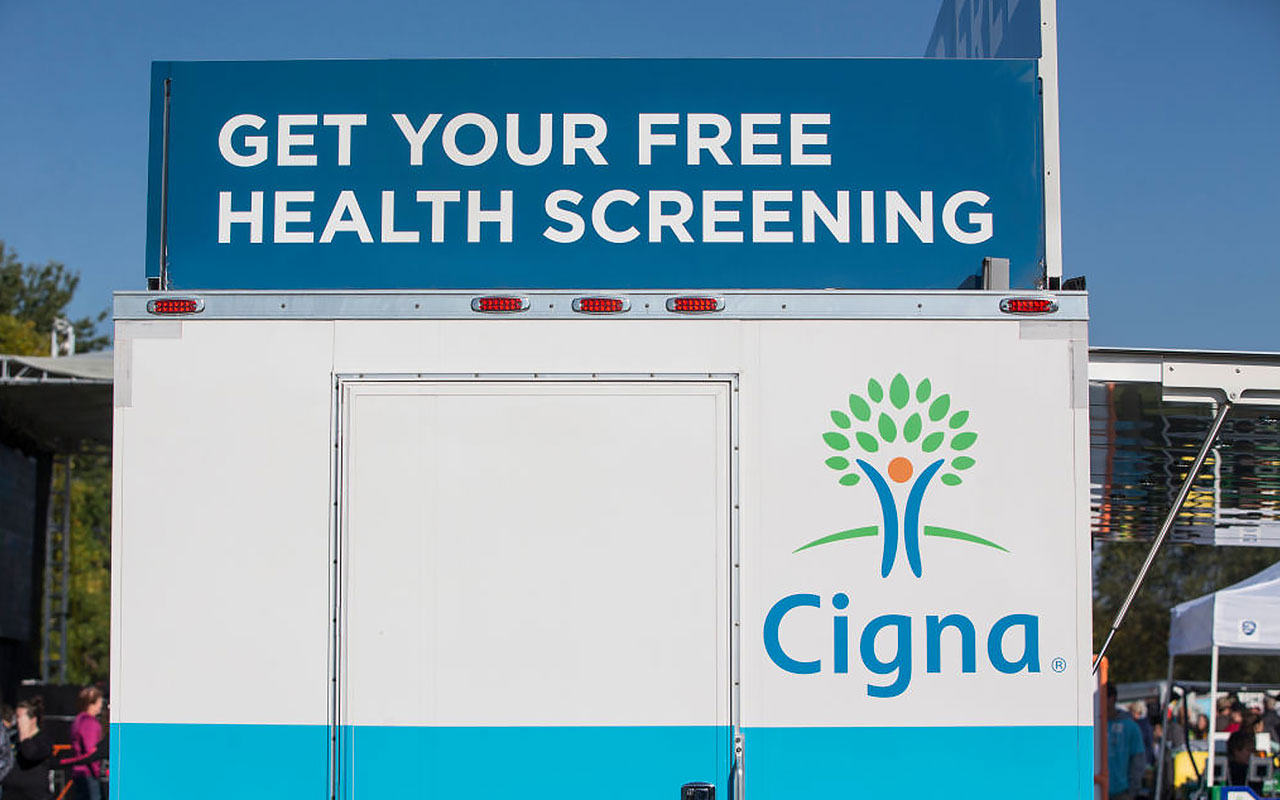
Cigna
- Market value: $61.3 billion
- Target company: Express Scripts
- Deal value: $67.0 billion
- Deal close: Dec. 20, 2018
Health insurance giant Cigna (CI, $162.34) expects to trim healthcare costs by managing both medical and prescription drug benefits for customers. To that end, the company acquired pharmacy benefits manager Express Scripts in 2018. Cigna embraced an integrated services model already pioneered by UnitedHealth Group (UNH), which acquired OptumRX, and CVS Health, which in addition to buying Aetna owns pharmacy benefits manager Caremark.
Cigna is focusing on a seamless integration this year. In 2020, it plans to begin rolling out new services that capitalize on its combined medical and pharmacy capabilities, including enhanced offerings in specialty pharmaceuticals and mental health.
The merger was a cash-and-stock deal in which Cigna also assumed $15 billion of Express Scripts debt. The deal represented a 31% premium to Express Scripts value, and activist Carl Icahn initially opposed the merger because of the high price. But he changed his position after Institutional Shareholder Services recommended the deal for being significantly accretive to earnings per share (EPS). Cigna is guiding for 2021 EPS of $20 to $21, versus standalone EPS of $18.
Bank of America Merrill Lynch analyst Kevin Fishbeck named Cigna one of his top 10 “high conviction” calls in early 2019. In May, Oppenheimer analyst Michael Wiederhorn maintained his Buy rating on the company, nothing that “the new Health Services segment had strong organic pharmacy growth as ESRX is performing well.”
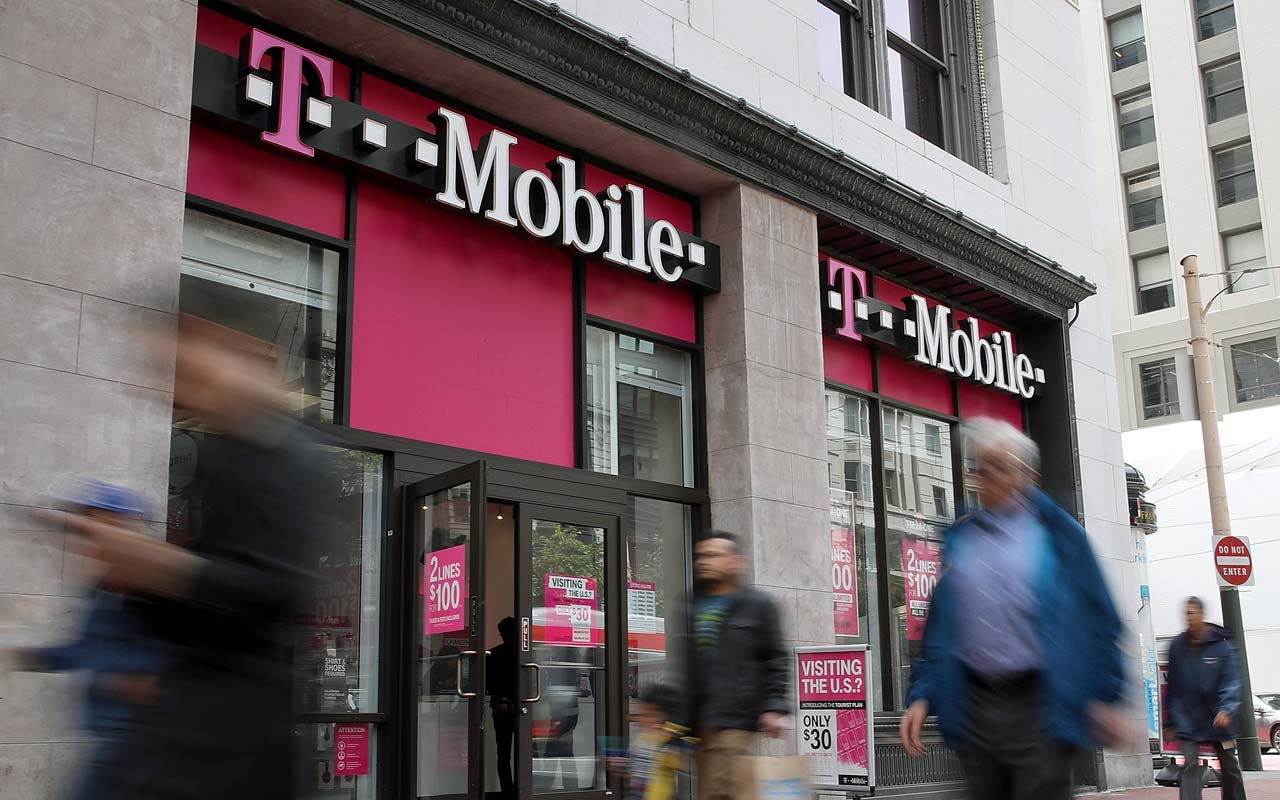
T-Mobile US
- Market value: $66.8 billion
- Target company: Sprint
- Deal value: $26.5 billion
- Deal close: Pending
- T-Mobile US (TMUS, $78.18) expects to gain the spectrum and capital needed for an efficient nationwide rollout of 5G technology by merging with telecom rival Sprint (S). The deal – a $26.5 billion, all-stock affair that would exchange 9.75 Sprint shares for every TMUS share – is expected to produce a combined company better able to compete with rivals AT&T (T) and Verizon (VZ).
Shareholders approved the merger, which would combine the No. 3 and No. 4 wireless carriers, in October 2018. The deal finally received Department of Justice approval in July, thanks in large part to a deal that would see combined entity send off the Boost Mobile business and spectrum assets for a combined $5 billion to Dish Network (DISH), which would become a fourth “major” carrier. The Federal Communications Commission also recently signaled that it is ready to vote on it. But that’s not the final hurdle – 15 states and the District of Columbia are suing to block the bid.
Translation: The deal still may be a ways off. But if it happens, few doubt it will be transformative.
T-Mobile says the new entity will benefit from a strong balance sheet and fully funded business plan. The company plans to invest up to $40 billion in telecom infrastructure and the rest of the business over the next three years – roughly 50% more than combined spending of T-Mobile and Sprint over the past three years.
The merged company is expected to have more than 135.8 million subscribers versus 155.7 million subscribers for AT&T and 158 million for Verizon. According to T-Mobile, the combined network will be capable of delivering speeds 15 times faster by 2024.
Cowen analyst Colby Synesael believes T-Mobile’s estimate of $6 billion in run-rate synergies is conservative and looks for free cash flow approaching $9 per share by 2023. Raymond James analyst Ric Prentiss previously was less certain about the chances for the deal to go through, but recently upgraded his price target with a more optimistic note that says its scale should improve margins and cash flows.
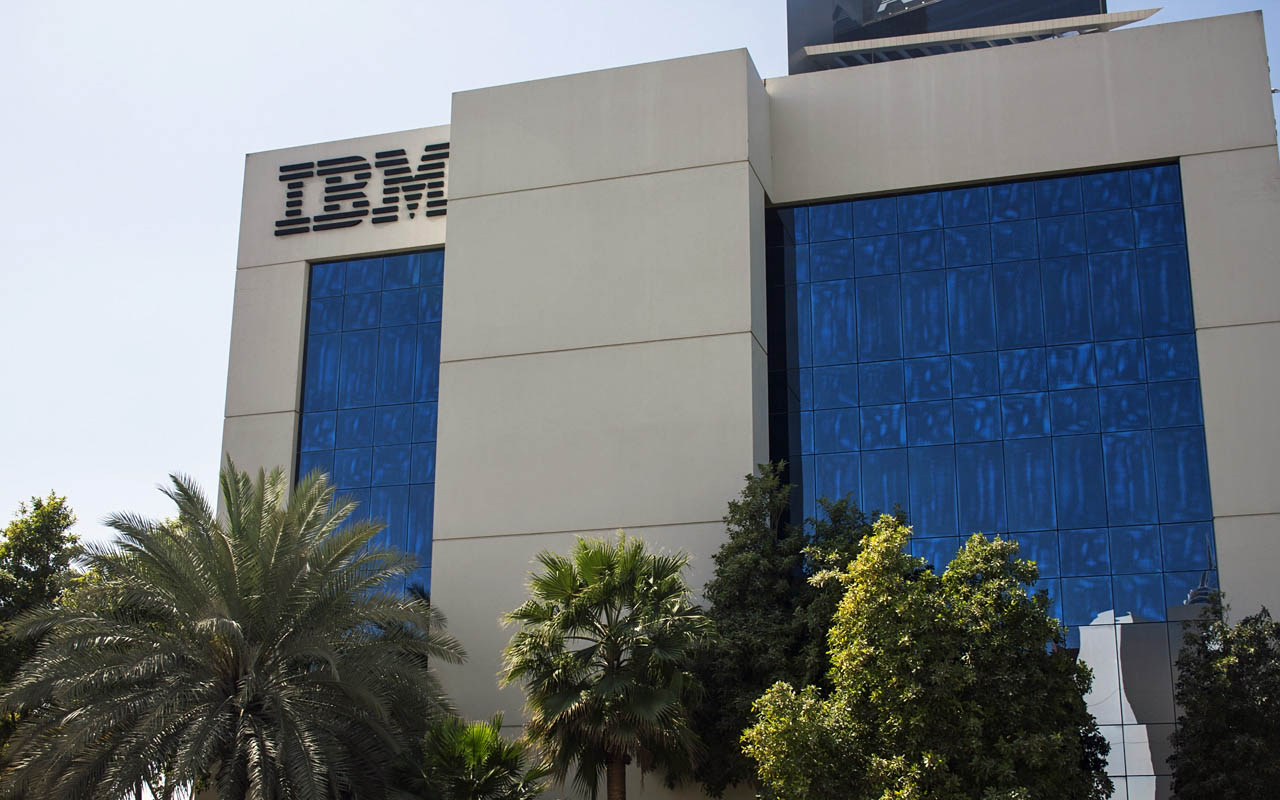
International Business Machines
- Market value: $117.9 billion
- Target company: Red Hat
- Deal value: $34 billion
- Deal close: July 9, 2019
- International Business Machines (IBM, $134.25) is less than two months removed from closing on its buyout of open-source software distributor Red Hat. The all-cash deal valued at $34 billion was IBM’s biggest, and the third-largest acquisition ever in the U.S. tech sector.
IBM suffered a 22-quarter streak of revenue declines that finally ended in January 2018, though it’s currently in the midst of a new four-quarter streak of declines. It also has struggled to keep pace with Microsoft (MSFT) and Amazon.com (AMZN) in building a cloud computing business. However, the Red Hat acquisition greatly expands IBM’s cloud capabilities and related technology and will be able to supply products that move more customer work to the cloud, keeping apps and data portable and secure, regardless of cloud or hybrid technology.
Because of acquisition-related debt, IBM plans to temporarily halt share repurchases in 2020-21, although the company intends to continue raising its dividend. IBM expects to return to a normalized leverage ratio in approximately two years.
Credit Suisse analyst Matthew Cabral initiated coverage of IBM in April with a rating of Outperform (equivalent to Buy) and thinks the Red Hat acquisition can restore IBM to revenue-driven EPS growth.
Wells Fargo analyst Edward Caso has a Market Perform rating (equivalent to Hold). He previously lowered his price target on IBM shares because of the temporary buyback halt. However, in August, he readjusted his price target back higher, to $147, to account for management’s revised full-year guidance. He also anticipates steady long-term share price gains assisted by a rising dividend and robust free cash flow yields.

Marathon Petroleum
- Market value: $10.0 billion
- Target company: Andeavor
- Deal value: $35.6 billion
- Deal close: Oct. 1, 2018
Energy giant Marathon Petroleum (MPC, $46.84) became the nation’s largest independent refiner last year when it acquired rival Andeavor. The cash-and-stock deal valued Andeavor at $152 per share – a 24% premium to its pre-merger share price.
The shale oil boom has pushed U.S. energy production to record levels. Processors of light crude oil, such as Andeavor, are benefitting the most from the drilling expansion. Andeavor’s refineries also adds geographical diversification to Marathon’s refinery portfolio and expands its footprint in the Permian Basin, one of America’s most prolific oil-producing regions. Marathon previously owned six refineries and was the nation’s second-largest oil refiner, processing 1.9 million barrels of crude oil per day. With Andeavor’s 10 refineries, Marathon became the nation’s largest refiner. In addition, Marathon’s Midwest and Gulf Coast refinery operations complement Andeavor refineries located in the northern Midwest, Southwest and Pacific Northwest.
Including Andeavor’s debt, Marathon paid $35.6 billion for 66% ownership in the combined company, which has the ability to process 3.1 million barrels of oil per day. Marathon also acquired Andeavor’s 3,200 gas stations/convenience stores, adding to the company’s existing network of 2,740 Speedway stores.
The fold-in is already having a noticeable effect on Marathon’s financials. In the second quarter, operating income spiked 210% year-over-year, and Midstream-segment earnings jumped 42%. While refining profits declined, its throughputs benefited from Andeavor’s contributions.
RBC analyst Scott Hanold expects the merged company to deliver industry-leading free cash flow yields and strong organic production growth through 2020. He upgraded Marathon to Outperform in April, then reiterated that rating just a few weeks ago.
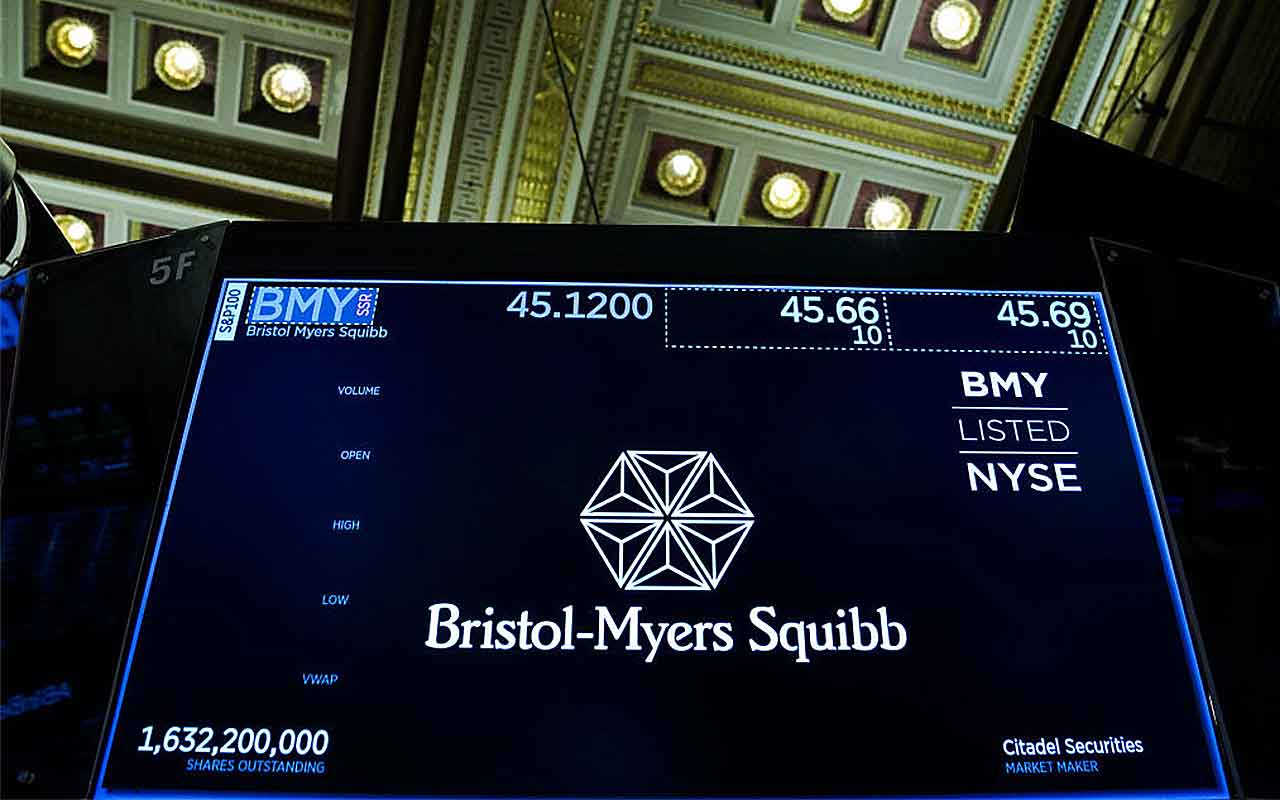
Bristol-Myers Squibb
- Market value: $78.1 billion
- Target company: Celgene
- Deal value: $74.0 billion
- Deal close: Pending (Expected to close by end of 2019 or beginning of 2020)
- Bristol-Myers Squibb’s (BMY, $47.77) purchase of Celgene is the largest health care acquisition ever, and the sixth-largest M&A deal in U.S. history.
The merger combines two leading cancer-drug developers: Together, the pair own nine blockbuster drugs ($1 billion or more in annual sales), including Revlimid (multiple myeloma) and Opdivo (lung cancer). The combined pipeline also contains six drug candidates poised for launch that are thought to be able to generate $15 billion in new revenues.
Bristol-Myers paid $74 billion (a 54% premium to Celgene’s pre-merger price) in a cash-and-stock deal that exchanged $50 in cash and one BMY share for every Celgene share. Some investors – including Wellington and activist investor Starboard Value – expressed concern about the high price given that Revlimid faces generic competition soon: in 2022. However, BMY says Celgene should be valued on its pipeline. That includes promising new cellular-based CAR-T cancer therapy, which Celgene acquired from Juno Therapeutics last year.
Bristol-Myers expects to trim $2.5 billion from costs by 2020 and is forecasting EPS accretion of more than 40% during the first full year following the deal’s close.
Barclays analyst Geoff Meacham agrees with the strong strategic and financial rationales for the acquisition and upgraded his BMY rating after the merger closed to Overweight. Cowen’s Steve Scala reiterated a Market Perform rating in June but raised his price target and EPS estimates, saying, “The Celgene acquisition brings opportunities, but also risks.”
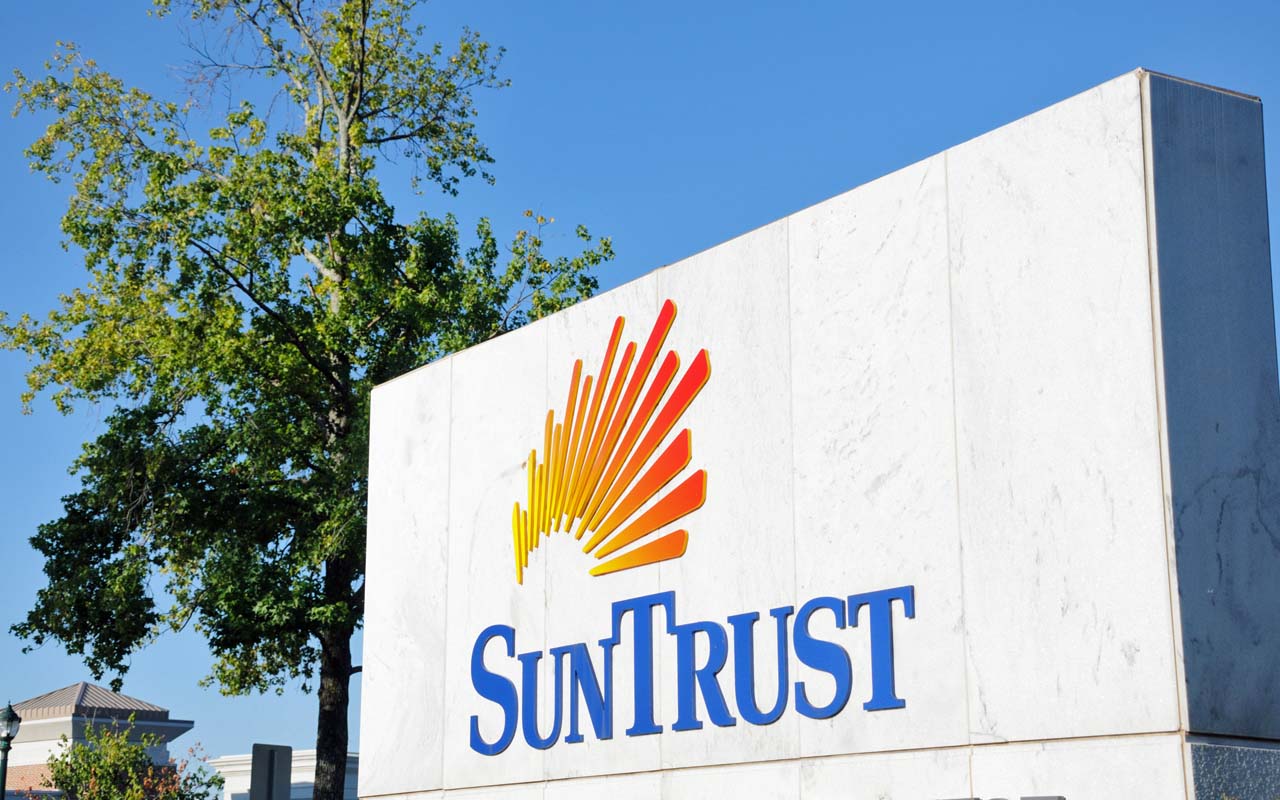
Truist
- Market value: N/A
- Target company: N/A (“Merger of equals”)
- Deal value: $66.0 billion
- Deal close: Pending (Expected to close in the second half of 2019)
Super-regional banks BB&T (BBT, $46.22) and SunTrust (STI, $60.35) plan to merge in an all-stock deal valued at $66 billion. The merger – which still needs the approval of the Federal Reserve and Federal Deposit Insurance Corp. – would create the sixth-largest U.S. bank by assets and represents the first bank megadeal in more than a decade.
SunTrust shareholders would receive 1.29 BBT shares for every STI share they own. The combined bank would control approximately $448 billion in assets, putting it on similar footing as rival U.S. Bancorp (USB), which has roughly $482 billion in assets.
The new entity also would receive a new name: Truist Financial.
BB&T and SunTrust have strong presences in the South. BB&T is headquartered in Winston-Salem, North Carolina, and SunTrust is based in Atlanta. Together, the two banks should be able to offer a better range of digital products than each could achieve independently. New digital products may allow the merged banks to compete more effectively with bigger institutions that are already attracting new customers with online lending products.
The merger also is expected to generate cost savings from branch closings. Combined, the two banks currently operate about 3,100 branch locations, including more than 700 branches located within two miles of each other. BB&T projects annual cost savings of $1.6 billion by 2022.
Sandler O’Neill analyst Stephen Scouten said both BB&T and SunTrust are “very clean” banks and expressed confidence that the deal can ultimately close. However, several analysts are troubled that the name change will actually reduce the value of the new entity. “The move comes with risks in terms of cost and confusion” Wells Fargo analyst Mike Mayo (Buy) wrote in a June note. “It is safe to say that there is zero name recognition for Truist at the moment, reflecting the challenge ahead.”

Newmont Goldcorp
- Market value: $31.6 billion
- Target company: Goldcorp
- Deal value: $10.0 billion
- Deal close: April 18, 2019
- Newmont Goldcorp (NEM, $38.53) was formed in April when Newmont Mining merged with smaller rival Goldcorp. The combination created the world’s largest gold producer and was the biggest takeover ever in the gold mining industry.
The cash-and-stock transaction involved 2 cents per share in cash and 0.328 Newmont shares for every Goldcorp share. The acquisition valued Goldcorp at an 18% premium to Goldcorp’s pre-merger share price.
The gold mining sector is consolidating as a result of falling gold prices and dwindling supplies of easily accessed gold. The scarcity of high-grade reserves and rising extraction costs are other reasons that miners are opting to grow reserves through mine purchases rather than exploration. Newmont’s acquisition of Goldcorp came only a few months after Barrick Gold’s (GOLD) $6 billion bid to acquire Randgold.
The merged business owns mining assets in the Americas, Ghana and Australia that are now expected to produce 6 million to 7 million ounces of gold annually over the next 10 years. This production level puts Newmont ahead of the industry’s next largest producer, Barrick, which mines 4.5 million to 5 million ounces of gold annually. Newmont’s mining portfolio also carries less risk than some of its competitors because of its high concentration (90% of reserves) located in Australia or the Americas.
Newmont anticipates $100 million of annual cost savings from the merger and plans to optimize production by selling $1 billion to $1.5 billion of non-strategic mining assets over the next two years. The combined entity will pay an annual cash dividend of 56 cents per share; NEM’s 1.5% yield is among the highest in the gold mining industry.
Paulson & Co. and VanEck International Investors Gold Fund (INIVX) portfolio manager Joseph Foster initially opposed the deal, complaining that Goldcorp investors were getting a too-sweet share of the $5 billion in synergies from a massive joint venture between Newmont and Barrick announced in March. These activists dropped their opposition after Newmont agreed to pay an 88-cent-per-share special dividend to its investors if the merger was approved.
Citi analyst Alexander Hacking reiterated his Buy call in mid-August, saying that the stock had been unduly punished for its Goldcorp acquisition. BMO Capital Markets analyst Andrew Kaip is optimistic about the Newmont-Barrick joint venture, saying, “We see ... investors benefiting from the net result of making the two companies stronger and more profitable champions of the gold sector.”

Fiserv
- Market value: $73.1 billion
- Target company: First Data
- Deal value: $22.0 billion
- Deal close: July 29, 2019
- Fiserv (FISV, $107.56) recently acquired First Data in a $22 billion all-stock transaction that combines the capabilities of two leaders in financial transaction processing. Fiserv is an industry leader in processing credit and debit card transactions for banks, and First Data provides similar services to retailers.
The deal – which valued First Data at a 29% premium to its pre-merger share price – gave shareholders 0.303 FISV shares for every First Data share. The transaction closed near the end of July.
Fiserv licenses its technology to banks, credit unions and other financial institutions. It provides the technology infrastructure that small and midsize banks need to manage customer accounts, process payments and support mobile-banking services. First Data owns the Star debit card network and provides point-of-sale technology such as credit card readers to Walmart (WMT) and other retailers.
The merged companies will offer “an even more extensive range of end-to-end payment solutions” and enhanced payment capabilities, the companies said in a release. In addition, Fiserv can capitalize on cross-selling opportunities by integrating First Data’s online merchant enrollment capabilities with its digital banking platform.
The companies expect the transaction to be 20% accretive to adjusted earnings per share in the first year, then generate 40% accretion long-term thanks to cost synergies. The merger should produce $500 million in annual revenue synergies over the next five years, and $900 million in annual cost synergies. Fiserv also anticipates generating more than $4 billion in annual free cash flow by the third year of the merger, which will help it rapidly pay down its expected $17 billion in debt at time of closing.
Aite Group senior analyst David Albertazzi told Mobile Payments Today that because of First Data’s point-of-sale technology and Fiserv’s digital banking technology, “the merger seems very complimentary in terms of being able to offer and even larger umbrella of services.” Northcoast’s Kartik Mehta upgraded FISV from Neutral to Buy in June, saying that Fiserv might see cost savings earlier than expected.
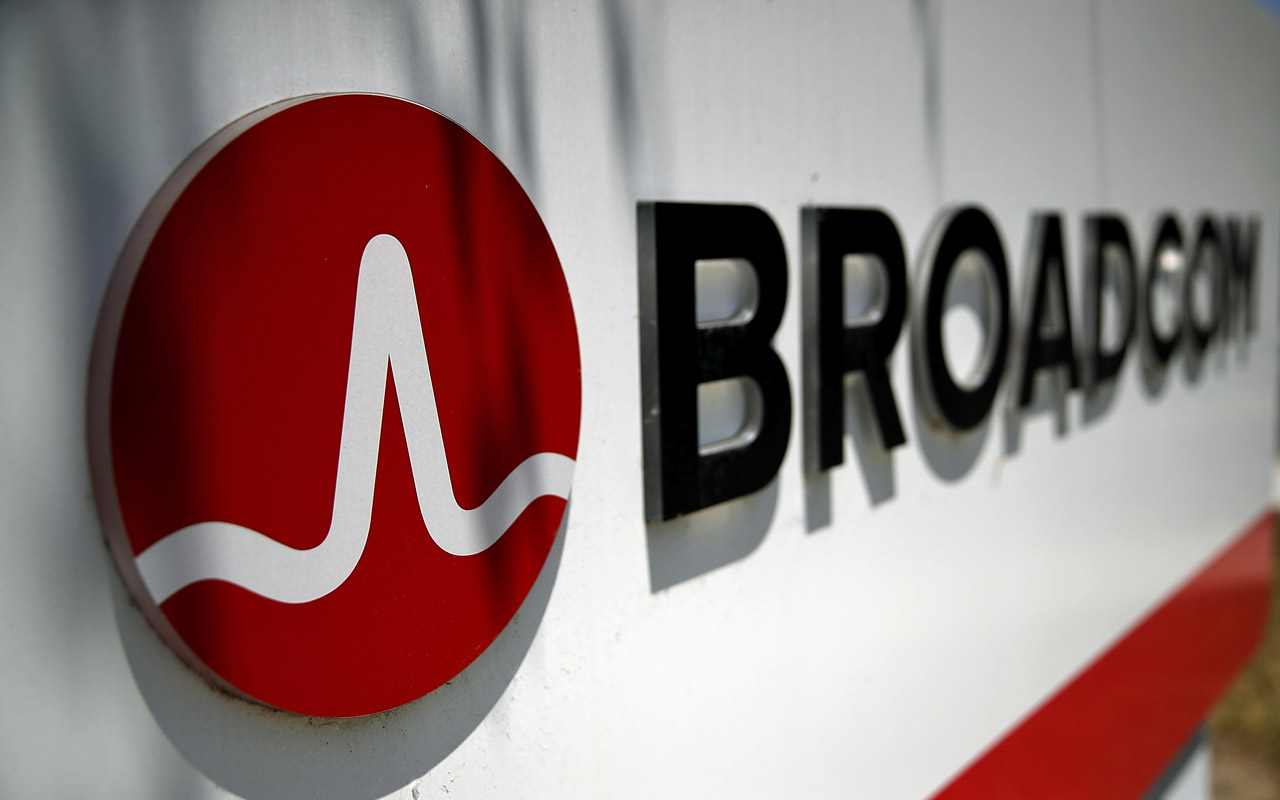
Broadcom
- Market value: $111.4 billion
- Target company: CA Technologies
- Deal value: $18.9 billion
- Deal close: Nov. 5, 2018
Semiconductor manufacturer Broadcom (AVGO, $287.50) acquired IT software maker CA Technologies last year in an all-cash transaction valued at $18.9 billion. The $44.50-per-share purchase price was at a 20% premium to CA’s pre-merger share price. Broadcom did pack on the debt, however, taking on $18 billion in new financing to make the deal.
Broadcom gains a foothold in infrastructure software through the acquisition as well as expanded business opportunities and addressable markets. One such opportunity lies in developing a combined software/hardware product for Internet of Things (IoT) applications.
The merger also gives Broadcom significant recurring revenues, higher EBITDA margins and will be immediately accretive to adjusted profits. The combined business is expected to deliver annual double-digit EPS growth.
Analysts had some initial concerns, including the possibility that the merger will muddy Broadcom’s strategic focus. Evercore ISI analyst C.J. Muse reduced his AVGO rating to Market Perform. He thought the purchase lacked strategic rationale. B. Riley FBR analyst Craig Ellis cut his AVGO rating to Neutral, comparing this deal to Intel’s (INTC) ill-advised acquisition of McAfee, which ultimately was sold at a loss to a private buyer.
However, Ellis re-upgraded the stock to Buy by year’s end. UBS analyst Timothy Arcuri maintained his “Buy” rating and gives Broadcom the benefit of the doubt, noting the company’s proven ability to wring value from acquisitions.
And analysts have been mostly bullish about the company of late, with 23 of 31 analysts tracked by TipRanks giving AVGO a Buy or equivalent rating over the past three months.

Takeda Pharmaceutical
- Market value: $52.0 billion
- Target company: Shire
- Deal value: $80.0 billion
- Deal close: Jan. 7, 2019
- Takeda Pharmaceutical (TAK, $16.51) acquired rival drugmaker Shire in an early 2019 cash-and-stock deal that saw Takeda exchange $30.33 per share in cash and 0.839 TAK shares for every Shire share. That valued Shire at $62 billion – a 60% premium to its pre-merger price – but the total value of the deal was closer to $80 billion once Shire’s debt was included.
The combined companies have complementary positions in gastroenterology and neuroscience and are market leaders in rare diseases, plasma-derived therapies, oncology and vaccines. The merger broadens Takeda’s geographic footprint and American presence. Shire records roughly two-thirds of its sales in the U.S. Conversely, Shire benefits from Takeda’s strong presence in emerging markets and Japan.
Annual cost synergies from the merger are predicted to reach $1.4 billion by the third year after the merger. The transaction is expected to be significantly accretive to EPS after the first year.
Takeda financed the purchase with $30.85 billion of debt. However, it expects to whittle down that debt quickly to hit a target debt-to-EBITDA (earnings before interest, taxes, depreciation and amortization) ratio of 2.0 or less. The company will cut costs by reducing duplicated drug research and employee headcount.
The consensus rating among the 13 analyst firms that cover Takeda is Buy. Moody’s did cut Takeda’s credit rating because of ballooning debt from the acquisition. However, Moody’s maintains an investment-grade rating on Takeda and reiterated its Stable outlook, based on expectations that the company will use cost synergies to quickly reduce debt.

Occidental Petroleum
- Market value: $40.3 billion
- Target company: Anadarko Petroleum
- Deal value: $55.0 billion
- Deal close: Aug. 8, 2019
With help from $10 billion of funding from Berkshire Hathaway (BRK.B) CEO Warren Buffett, Occidental Petroleum (OXY, $45.06) acquired Anadarko Petroleum. It essentially yanked the company away from Chevron (CVX), which had bid $33 billion – an offer Anadarko accepted, but then reconsidered after Occidental stepped in. The cash-and-stock transaction was valued at $55 billion, including the assumption of Anadarko’s debt. The deal terms: $59 per share in cash and 0.2934 OXY shares for every Anadarko share.
In return for his help, Buffett received 100,000 shares of preferred shares yielding 8% annually, as well as warrants to purchase up to 80 million OXY shares at $62.50 per share.
The merger enhances Occidental’s leadership position in the Permian Basin and creates an energy market leader with 1.4 million barrels of annual oil and gas production. With the Anadarko acreage, Occidental – known as one of the region’s most efficient operators – estimates it can save $10 billion in the Permian over time versus its peers. The acquisition also makes Occidental more competitive with Chevron (CVX) and Exxon Mobil as they roll out Permian Basin expansion programs.
Occidental expects $3.5 billion in annual free cash flow improvements from the merger ($2 billion from annual cost synergies, and another $1.5 billion from capital reduction). It also expects the deal to be “significantly accretive” to cash flow and free cash flow starting in 2020. Occidental will reduce debt via cash-flow growth and $10 to $15 billion of asset sales; in fact, French energy giant Total (TOT) has already committed to purchasing $8.8 billion of Anadarko’s African assets.
Several analysts initially downgraded OXY, claiming that the buyout carried more risks than Chevron’s offer. Mizuho analyst Paul Sankey downgraded OXY to Neutral, complaining that the company had surrendered too big a stake to Buffett. Other analysts, however, saw Buffett’s involvement as a sign that Occidental was the driller best-positioned to maximize the value of Anadarko’s portfolio.
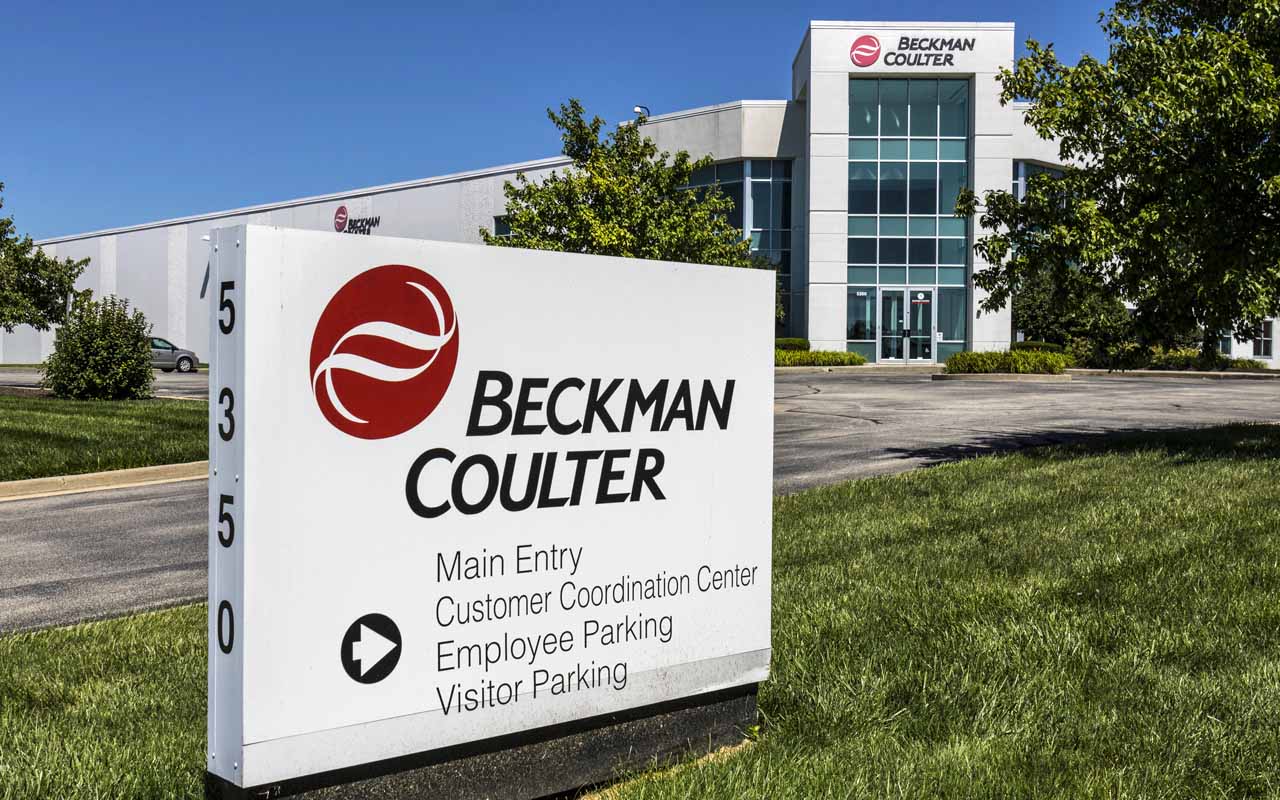
Danaher
- Market value: $100.7 billion
- Target company: General Electric’s biopharma business
- Deal value: $21.4 billion
- Deal close: Pending (Expected in late 2019 or early 2020)
Industrial conglomerate Danaher (DHR, $140.32) – a conglomerate whose brands include Beckman Coulter Life Sciences, Pantone (color technology) and dental implant company Nobel Biocare – is trying to acquire General Electric’s (GE) biopharma business in an all-cash deal valued at $21.4 billion. Danaher plans to fund the purchase with existing cash and approximately $3 billion raised from an equity offering.
This transaction would be the largest yet for Danaher, which has sourced much of its historic growth from acquisitions. Businesses acquired within the past seven years account for approximately half of Danaher’s revenues.
Danaher generates approximately half of its revenues from businesses acquired in the last seven years.
GE’s biopharma business gives Danaher access to analytical tools for drug research and development. It also enhances Danaher’s existing portfolio of life science companies, which include IDT, Leica Microsystems, Pall, Phenomenex and SCIEX. That business is expected to generate $3.2 billion in sales this year, three-quarters of which are recurring. Danaher says the acquisition should add 45 cents per share in adjusted profits during the first full year following the acquisition.
Cowen analyst Doug Schenkel gives DHR an Outperform rating and believes the biopharma unit can grow faster than Danaher’s other life science businesses. Schenkel also anticipates at least $100 million of cost synergies from leveraging Danaher’s massive life science infrastructure. Janney analyst Paul Knight upped his DHR rating to Buy in May. He thinks Danaher could become a biopharma elite, like Thermo Fisher (TMO), and accelerate organic growth from 4% to 6%.
Gordon Haskett analyst John Inch expressed concerns in May that the deal might not go down at all. “The deteriorating life sciences market could still add risks that the deal is renegotiated or scuttled altogether,” he wrote.

Centene
- Market value: $19.4 billion
- Target company: Wellcare Health Plans
- Deal value: $17.3 billion
- Deal close: Pending (Expected to close in the first half of 2020)
- Centene (CNC, $46.93) plans to acquire Wellcare Health Plans (WCG) in a cash-and-stock deal valued at $17.3 billion. Centene would exchange $120 per share in cash and 3.8 CNC shares for every WCG share. All told, the deal values Wellcare at a 32% premium.
The combined company will become a market leader in government-sponsored healthcare plans, based on approximately 22 million enrolled members across 50 states. Centene is funding the deal partially with debt, however. Centene expects to have a 40% debt-to-capital ratio once the deal closes, but says it should reduce that in the “mid-to-upper 30% range within 12 to 18 months post close.”
Centene is already a leading provider of health plans under the Affordable Care Act and the market leader in Medicaid managed care. The company also provides healthcare plans for the military and correctional facilities. Acquiring Wellcare extends Centene’s market lead in Medicaid and establishes its presence in the Medicare Advantage market.
Centene thinks it can wring $500 million in annual cost synergies out of the merger by year two, thanks to pharmacy and medical cost management economies of scale. While the deal will be slightly dilutive to earnings per share in the first year, it will become accretive by the second year.
The American Hospital Association is lobbying the Justice Department to strike down the merger, however, arguing that it will reduce competition in the Medicaid and Medicare Advantage markets. The companies also must gain approvals by insurance regulators in a couple dozen states.
Jeffries analyst David Windley told the St. Louis Post-Dispatch in March that the deal makes good strategic sense, but that he finds the valuation “financially more challenging.” He dislikes the dilution in the first year of the deal. SVB Leerink analyst Ana Gupte, who rates CNC at Outperform, writes that the Wellcare acquisition will improve Centene’s profitability and reduce its risk exposure to the ACA.
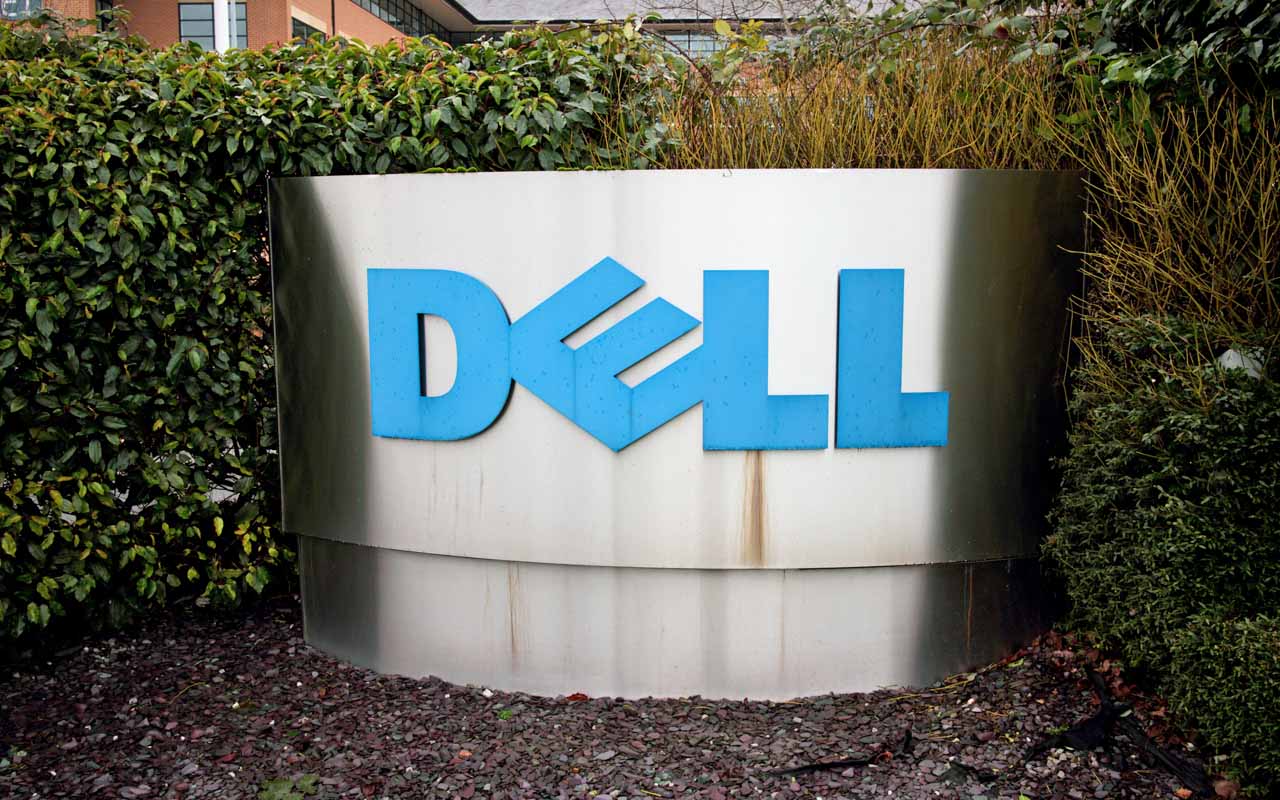
Dell Technologies
- Market value: $35.2 billion
- Target company: Dell Technologies Class V common stock
- Deal value: $23.9 billion
- Deal close: Dec. 28, 2018
- Dell Technologies (DELL, $48.98) took the unusual step of returning to publicly traded markets without a stock offering, and it did so in a complicated buyout that involves a little history lesson.
In 2016, Dell bought data storage company EMC, which owns a large stake (roughly 81% at the time of Dell’s 2018 go-public deal) in publicly traded cloud computing and virtualization software company VMWare (VMW). When Dell merged with EMC, it created Dell Technologies Class V common stock – a “tracking stock” that represented a portion of economic interest in its VMware stake.
Dell’s deal allowed each shareholder to either convert each share of tracking stock into new DELL common stock, or accept a cash buyout of $120 per share. Dell ultimately paid $14 billion in cash and issued 149.4 million common shares to complete the conversion.
The current Dell Technologies is the world’s third largest PC maker, the largest maker of computer servers, a major player in storage devices and a leader in managing IT resources on the cloud through its VMware business.
Bank of America Merrill Lynch analyst Wamsi Mohan started 2019 by initiating a Buy rating on DELL, saying he likes the company’s strategically aligned businesses, improved cross-selling opportunities and ability to hedge cloud disruption risk. More recently, Deutsche Bank analyst Jeriel Ong maintained his Buy rating but lowered his price target from $62 to $60, but mostly on macroeconomic concerns.

Altria Group
- Market value: $86.4 billion
- Target company: Juul Labs
- Deal value: $12.8 billion
- Deal close: Dec. 20, 2018
This final M&A move isn’t a full-blown acquisition, but Altria Group (MO, $46.25) nonetheless made a potentially pivotal decision about its future when it bought a 35% stake in e-cigarette giant Juul Labs.
The world’s leading cigarette-maker made its all-cash purchase near the end of last year, valuing Juul at $38 billion – or roughly double the $16 billion valuation it fetched during a July round of private funding.
Altria, in its December press release, said Juul represented “approximately 30% of the total U.S. e-vapor category.” The global vapor market is small – an estimated $4.6 billion as of 2017 – but Euromonitor forecasts the U.S. vapor market to hit $11.7 billion by 2022. Globally, vapor sales are expected to hit $43 billion by 2023.
Altria has agreed to share shelf space and allow Juul products to be displayed next to its Marlboro cigarettes. The company also is assisting Juul with distribution and logistics, sharing the services of a sales organization that covers approximately 230,000 retail sites. Another benefit is Altria’s lobbying expertise, which may help Juul navigate heightened scrutiny by regulators of vaping’s rising popularity among teenagers.
Some analysts thought Altria paid too much for Juul. Stifel analyst Chris Growe said in December 2018 that the rich price offset most of the future potential benefits of the Juul investment. Wells Fargo analyst Bonnie Herzog was bullish, however, saying in January that Altria’s EPS growth should accelerate to 10% annually through 2025. More recently, RBC Capital Markets analyst Nik Modi reiterated his Outperform rating on Altria, calling Juul one of its potential catalysts.
Get Kiplinger Today newsletter — free
Profit and prosper with the best of Kiplinger's advice on investing, taxes, retirement, personal finance and much more. Delivered daily. Enter your email in the box and click Sign Me Up.

Lisa currently serves as an equity research analyst for Singular Research covering small-cap healthcare, medical device and broadcast media stocks.
-
 Customer Services are Strained at the SSA, You Should Plan Around These Federal Holidays
Customer Services are Strained at the SSA, You Should Plan Around These Federal HolidaysIf you have a question or need information from a federal agency, check the federal holiday schedule to make sure you get your business done before they close.
By Donna LeValley
-
 Stock Market Today: No 'Powell Put'? No Problem
Stock Market Today: No 'Powell Put'? No ProblemInvestors, traders and speculators look beyond both another Trump post and more signs of slowing economic activity.
By David Dittman
-
 The Cheapest Places To Retire in the US
The Cheapest Places To Retire in the USWhen you're trying to balance a fixed income with an enjoyable retirement, cost of living is a crucial factor to consider.
By Stacy Rapacon
-
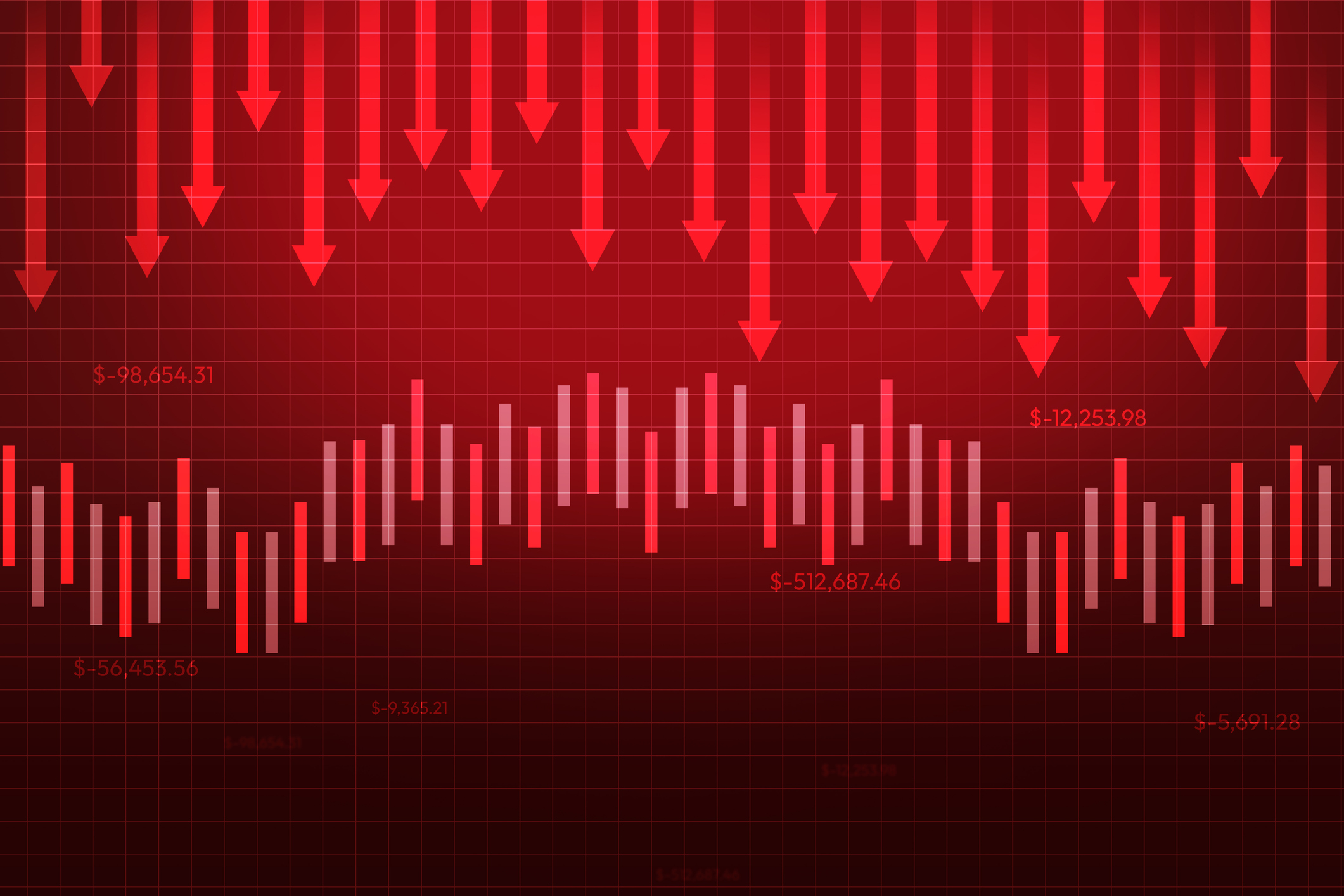 Stock Market Today: Dow Sinks 333 Points as Mega Caps Slide
Stock Market Today: Dow Sinks 333 Points as Mega Caps SlideThe main indexes sold off at the open and stayed lower through the close, putting the Santa Claus rally at risk.
By Karee Venema
-
 The Top-Performing Actively Managed Funds of the Last Decade
The Top-Performing Actively Managed Funds of the Last DecadeThese are the actively managed funds that have performed best over the last decade.
By Nellie S. Huang
-
 Stock Market Today: S&P 500, Nasdaq Hit New Highs Ahead of Juneteenth
Stock Market Today: S&P 500, Nasdaq Hit New Highs Ahead of JuneteenthThe main indexes notched modest gains ahead of Wednesday's stock market holiday.
By Karee Venema
-
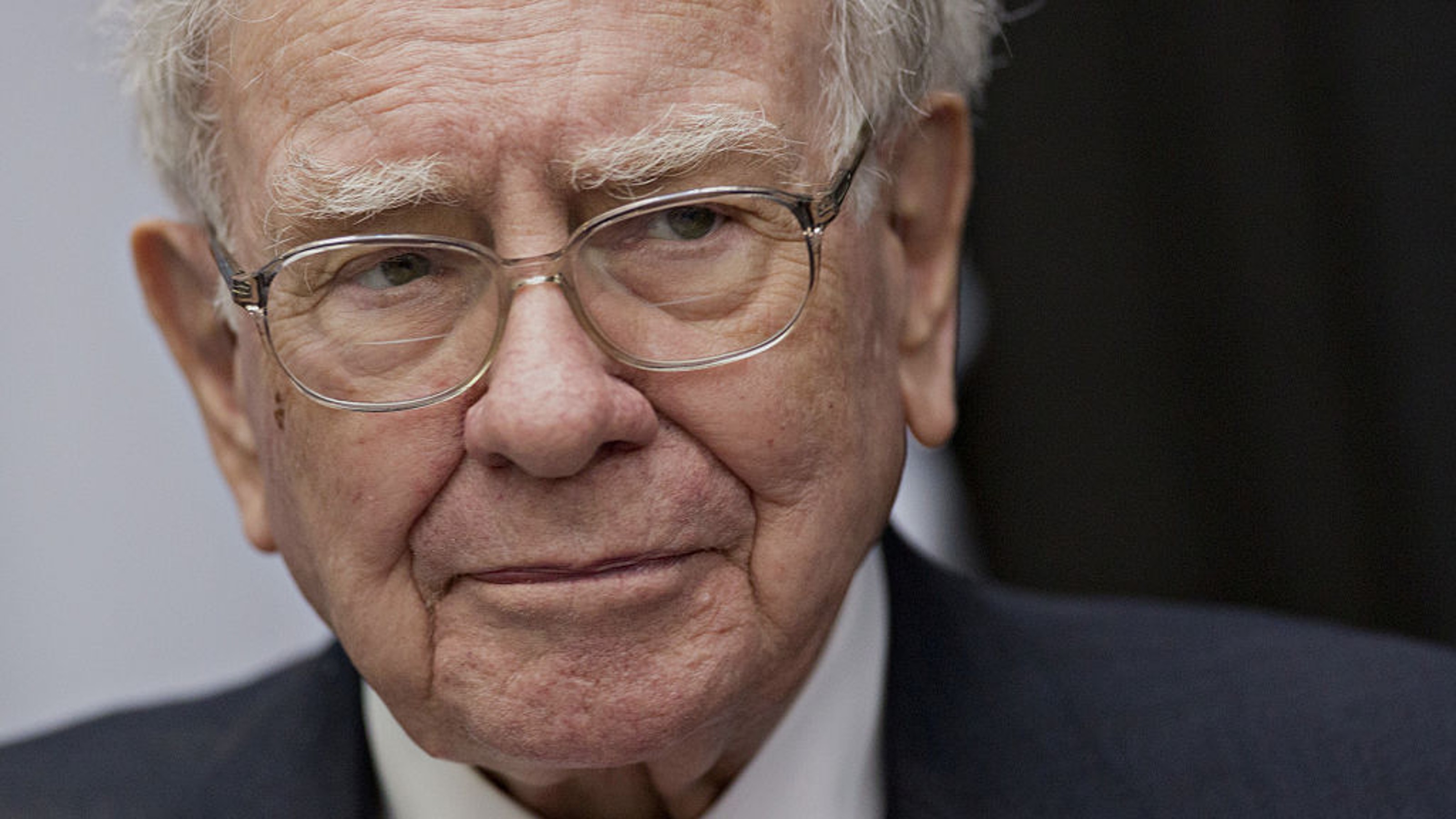 Warren Buffett Stocks: A Look at Berkshire Hathaway's Holdings
Warren Buffett Stocks: A Look at Berkshire Hathaway's HoldingsWarren Buffett's holdings are a diverse set of blue chips and lesser-known growth bets. Here, we look at Buffett's stock picks, as well as those of his lieutenants.
By Dan Burrows
-
 Stock Market Today: Stocks Rise After January Retail Sales Data
Stock Market Today: Stocks Rise After January Retail Sales DataThe main indexes closed higher Thursday even as data showed retail sales unexpectedly fell last month.
By Karee Venema
-
 Stock Market Today: S&P 500 Nabs a New Record High
Stock Market Today: S&P 500 Nabs a New Record HighThe main indexes carved out notable gains Wednesday thanks to well-received earnings from Chipotle and Roblox.
By Karee Venema
-
 Stock Market Today: Stocks Start Santa Claus Rally With Eighth Straight Weekly Win
Stock Market Today: Stocks Start Santa Claus Rally With Eighth Straight Weekly WinThe S&P 500 heads into the long holiday weekend less than 1% off its record close.
By Dan Burrows
